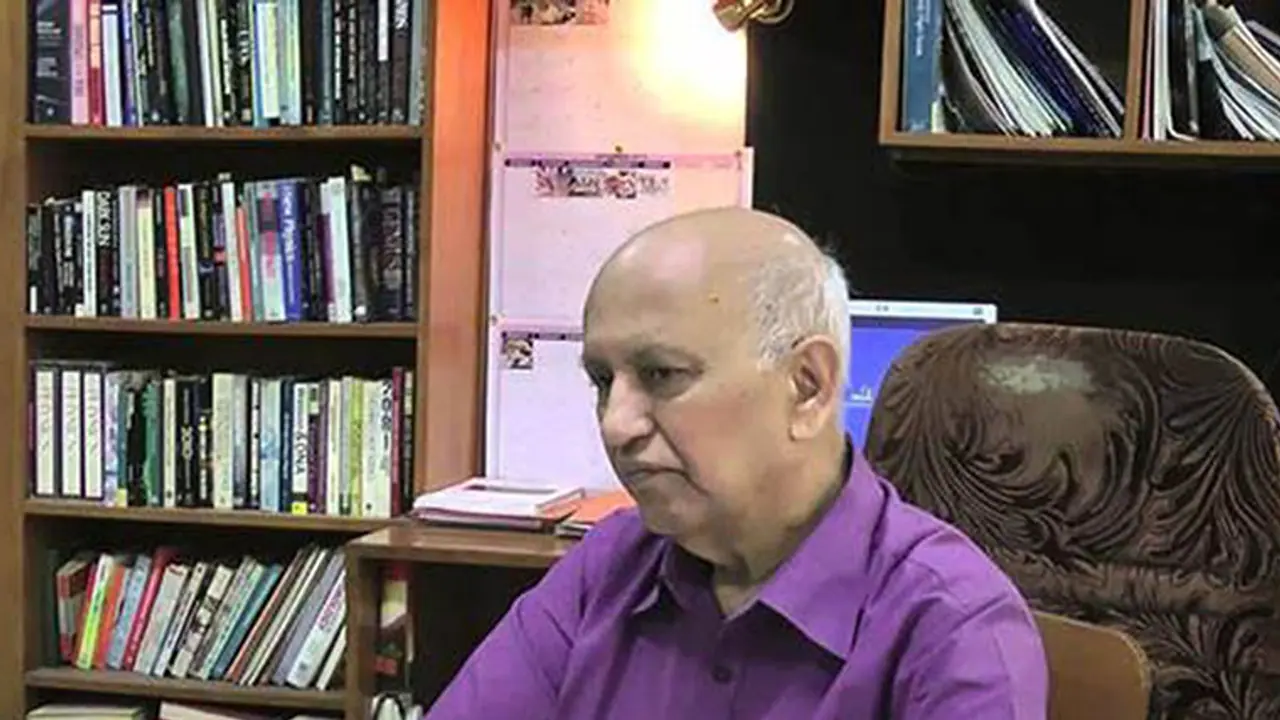Prof UR Rao passed away at his Bengaluru residence on July 24 From launching the country's first satellite 'Aryabhata' to MOM, Prof Rao has guided India's space scientists with his visionary approach He is the first Indian to be inducted into the prestigious Satellite Hall of Fame, Washington
One of India's most celebrated space scientists, Prof UR Rao, passed away on July 24 in Bengaluru. He was 85. From being the man behind the India's first satellite, Aryabhatta, to the Mars Orbiter Mission, Prof Rao made India's space dreams possible with his great visionary approach. The trail he has left behind will continue to guide the country's future space explorations.

Here's all you need to know about Prof Rao:
1. Born in Adamaru of Udupi district, Prof Rao completed his primary education in Udupi. Later, the family shifted to Ballari. He earned his M Sc from Banaras Hindu University. Prof Rao began his career under Dr Vikram Sarabhai, the father of the Indian space programme. He worked as cosmic ray scientist.
2. India's first satellite 'Aryabhata' was launched under his guidance in 1975. The 360-Kilogram satellite built by ISRO was launched from Kapustin Yar rocket launch in Russia. Not many know that the satellite had its data receiving centre in Bengaluru where a toilet was converted to serve the purpose, reports India Today. Its success led to launch of 18 satellites, according to the ISRO.
3. He took over as the chairman of ISRO after Satish Dhawan. Since he headed the Indian Space Research Organisation (ISRO) in its formative years (1984-1994), country's space technology received a boost with him helming the Augmented Satellite Launch Vehicle rocket and also the operational Polar Satellite Launch Vehicle (PSLV).
4. In fact, the initial days of ASLV and PSLV were marked by repeated failures. But these failures never deterred. After the first two failure of ASLV, Rao wrote to the then prime minister, Rajiv Gandhi "I will not be apologetic. However, I intend to assume full responsibility for the failure," reports The Wire. One of the scientists who worked with Prof Rao told OneIndia that "He encouraged people to go back, find out what went wrong, correct them and set things right." The ASLV D3 was successfully launched in 1992.
5. Rao was also the brain behind developing the second generation of INSAT communication satellites. According to The Wire, Rao initiated the GSLV and indigenous cryogenic engine programmes. He had negotiated a deal with a Soviet company Glavkosmos to tranfser of two 12-tonne crygogenic engines, Russia buckling under US pressure walked out of the deal leaving the project in limbo. This actually kicked off mastering the cryogenic engine technology and in June 5, 2017, the first indigenous cryogenic engine was successfully launched.
6. Rao has published over 350 scientific papers on cosmic rays, interplanetary physics, high-energy astronomy, space applications, rocket technology, reports The Hindu. Prof Rao's book 'India's rise as a space power' chronicles the country's rise as space power. He has in detail documents the journey to the launch of 'Aryabhata' its travails and success in the book.
7. Prior to his return to India in 1966, Rao was teaching at MIT and the University of Texas. Rao was also the first Indian to be inducted into the prestigious Satellite Hall of Fame, Washington.
8. Prof Rao was awarded the Padma Bhushan in 1976 and the Padma Vibhushan in 2017 for his contribution to space technology. He is also the recipient on D SC (Hon Causa) degree from over 25 universities, including the University of Bologna, the oldest varsity in Europe.
